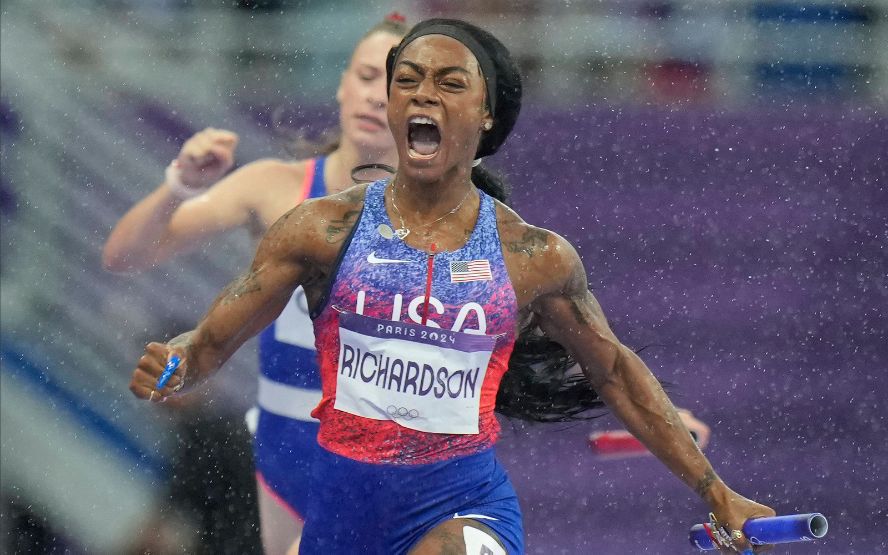Sha’Carri Richardson is entering a pivotal phase in her career as the countdown to the 2025 World Championships ticks down. Once hailed as a track-and-field prodigy and the fastest woman on earth, the American sprinter now faces questions about her form, focus, and future in the sport.
The reigning 100m world champion has endured a turbulent season, both on and off the track. An injury earlier in the year disrupted her training, leading to inconsistent performances. She placed fourth at the Golden Grand Prix in Tokyo and ninth at the Prefontaine Classic, clocking well below her best. While a promising 11.07-second run in the USATF Championships 100m heats hinted at progress, her campaign was overshadowed by a disqualification in the 200m.
This dip in form follows a similar pattern from early 2024, when she opened the season with modest times before surging back to win the US Trials 100m in 10.71 seconds and delivering a blazing 21.92 in the 200m semifinals. That rebound proved her ability to rise from setbacks, giving her supporters hope for another late-season turnaround in 2025.
Richardson’s competitive calendar is now loaded, with back-to-back Diamond League appearances in Silesia and Brussels. These races will see her face the fastest woman of the season — who also happens to be her training partner — as well as long-time rival Christian Coleman. The stakes could not be higher.
Off the track, controversy has added to the pressure. An incident earlier this year involving a physical altercation with a fellow athlete has polarized public opinion. For some fans, the episode damaged her image beyond repair, while others insist that she needs more competition to sharpen her performance before the World Championships.
With just over a month remaining until the global event, Richardson’s choice to take on two high-profile meets in quick succession is a calculated gamble. The strategy could help her regain speed, confidence, and rhythm or it could expose lingering weaknesses.
These next few weeks will likely define not just her season but her place in sprinting history. She stands at a crossroads: deliver and reassert her dominance, or falter and risk reinforcing the belief that her peak has already passe

